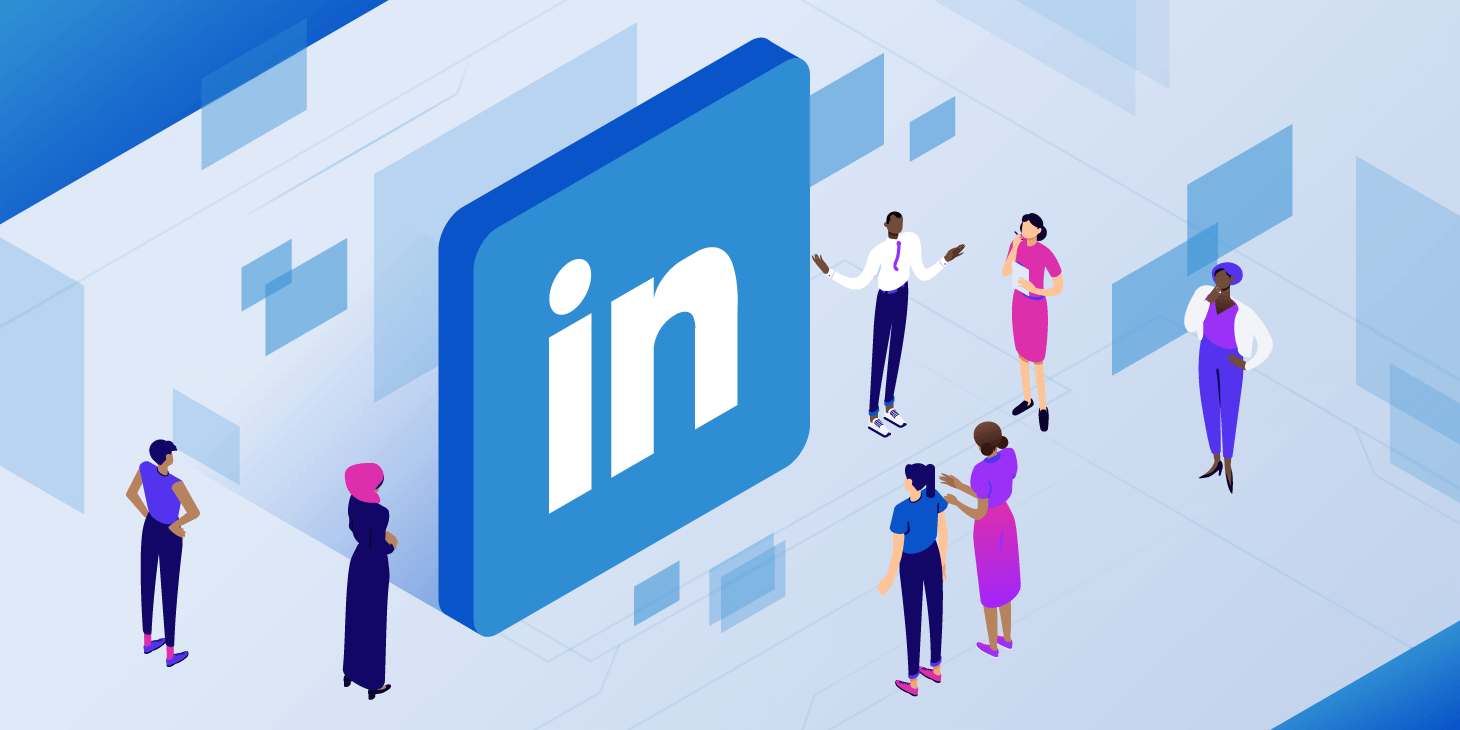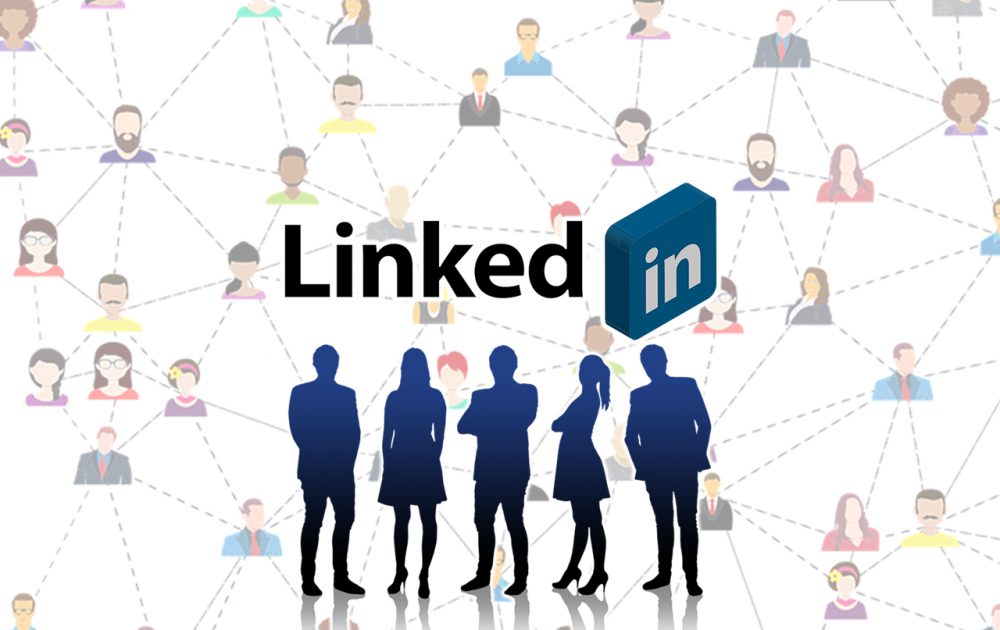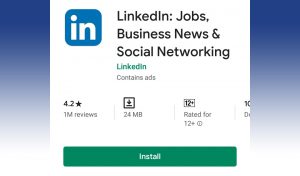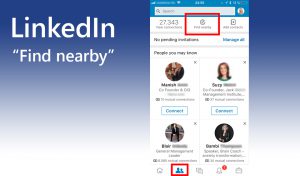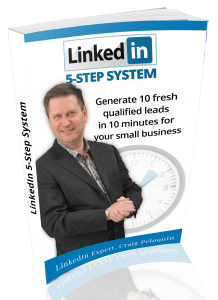COVID-19 has started taking its toll on millions of small businesses. Doors are closing and people are losing jobs. Luckily, some countries are finding ways to buy business owners some time with mortgage deferrals, wage subsidies, and low-interest loans.
Other businesses are looking into other options like branching out to serve immediate needs of customers like health, food, online selling, and delivery services. Let’s look at some ways to get you through the lull during COVID-19 lockdown.
Make Good Use of Your Time
Remember when businesses were bustling with activity and you didn’t have time honing your craft or learning something new? COVID-19 came about, and suddenly you’re left with very few customers, not enough cash, and too much time in your hands. Time well-spent can turn things around for your business even in difficult times. You can still be productive by learning some skills to tide you over until you’re up and running again.
Learn New Skills
Skills that make you money are worth its weight in gold. Think of it like storing up assets or training for an Olympic event. Here are a few things you can learn at home during COVID-19 lockdown:
1. Copywriting. Instead of reading about the doom and gloom in social media, why not learn something that would actually make you more money, or at least save you hundreds of dollars in marketing budget? Copywriting is a multi-million dollar industry and it’s not going away anytime. Hint: you don’t need an A+ in grammar school to become a successful copywriter. You can find dozens of free copywriting tutorials online so you can put that extra time of yours into good use while waiting for the pandemic to die out.
2. Vlogging & Podcasting. Big media companies used to have the monopoly in broadcast. But with YouTube and podcast’s growing popularity, that may no longer be the case. YouTube has made it easier for average users to create professional videos at home with a stable internet and a decent smartphone. Take a look at some examples on YouTube with around a thousand to 10,000 views. You’ll be surprised to see how even the simplest setup (home studio, green screen, whiteboard and pen, etc.) can rack up more than a thousand views on YouTube. So it’s definitely worth looking into with so much time to go around.
3. Customer Relationship Management (CRM). If you’ve never heard of CRMs and sales and marketing automation, now’s the perfect time digging into it. Check out our comparison blog post on Infusionsoft vs. Hubspot vs. Small Business Dream if you want to have a good grasp on how CRM and sales and marketing automation works for small businesses. We created a system that can take your small businesses from zero customers to getting hundreds of leads, customers, and referrals. However, it’s not a silver bullet so you need to put in some hours learning on how to make it work for your business. If you need help learning about CRM, don’t hesitate to schedule a FREE 45-minute consultation with us and we’ll reach out to you in every way we can.
Build a Following Online
Most people are glued to their monitors and smartphones, so you might want to put out some good content your audience would appreciate during these long periods of isolation. It doesn’t always have to do with what you’re selling. It can be anything from keeping yourself fit during lockdown, e.g. cardio and bodyweight exercises, to indoor games to keep your kids from going out.
You’re not concerned about selling anything at this point, but it’s more about adding value and building an audience while your business goes into hibernation. Ideally, you’d go for the ones that are more likely to give you traffic, i.e. YouTube and social media. After some time, you can slowly work on your newsletters and autoresponders for your CRM and sales and marketing automation.
1. YouTube posts. Video tutorials, walkthroughs, and customer reviews are some of the most popular videos on YouTube right now. Think of any tutorial related to your business. Do a cooking demo. Walk them through your car tune-ups. What’s your take on a certain product, and would you recommend it to your viewers? Keep them interested and be as creative as you can be. Look for examples in YouTube if you’re a bit camera-shy to give you an idea on how it’s done without focusing much on you.
2. Social media posts. Curate some good content over the internet and share it on LinkedIn, Twitter, Facebook, and Instagram. Find something positive and uplifting, useful or informative. However, just be mindful about your posts from other sources. Always fact-check for veracity and credibility. Better yet, you can share your own blog and YouTube posts. Try repurposing some of your old blog posts or do some of the things mentioned above (no.1). Create a business page for your posts so you have something to go back into when you’re ready to build a list, i.e. getting contacts for your CRM. We’ve created our proven and tested LinkedIn strategy to help you build connections on LinkedIn using Small Business Dream CRM.
3. Email Newsletters. People rarely read emails these days. Good news is, it’s not going away and it can still be an effective follow-up tool even if it takes you three to five years before making the sale. You don’t have to rush on this one since you won’t be sending too frequently (anti-spamming laws won’t let you anyway). Just one newsletter per week and setting your autoresponder to send one for each month goes a long way to keep you in touch and top-of-mind during the lull. Here’s a quick tip: you don’t have to start from scratch. Look up your inbox for old newsletters from your previous subscriptions and make it your own. Improve on it. Customize it for your own business. Play around with your CRM’s email builder and autoresponder and create email campaigns for your subscribers. Ask us if you need help setting up and we’ll spend 45-minutes of our time with you – no strings attached.
Get Everyone On Board
You don’t have to do all these things on your own. In fact, if you can get everyone involved, you probably won’t have to lay off your employees who are counting on you for their survival. (If it’s possible, borrow some capital for your running expenses and try to recoup them when business goes back to normal. This might also mean cutting their working hours in half.)
Get them to learn CRM with you and help you with some marketing stuff. We’ve come up with a LinkedIn marketing strategy and put it down in book form, “LinkedIn 5-Step System: Generate 10 fresh qualified leads in 10 minutes for you small business,” which you can download here for FREE.
Think of it like training your employees on a payroll. You might not get as many sales as before but you’re investing on skills which will pay off eventually. Just hold on to it. You’ve invested a lot of your time and resources building up your small business and you can’t let a few weeks or months of inactivity take it all away from you.
Struggling to Keep Your Business Afloat?
Why not spend some time with us? Schedule a FREE 45-minute business consultation with us and we’ll reach out to you in every way we can to help you with your small business.
Take a look at our 5-step Rapid Sales Growth Blueprint where we lay out every possible means to rapidly grow your business, whether it’s through LinkedIn, Facebook, Twitter, email series, sales funnels, landing pages or business directories.
Want to stay mobile? Get our SBD Sales and Marketing Automation App for your mobile and keep tabs on your business everywhere you go.


